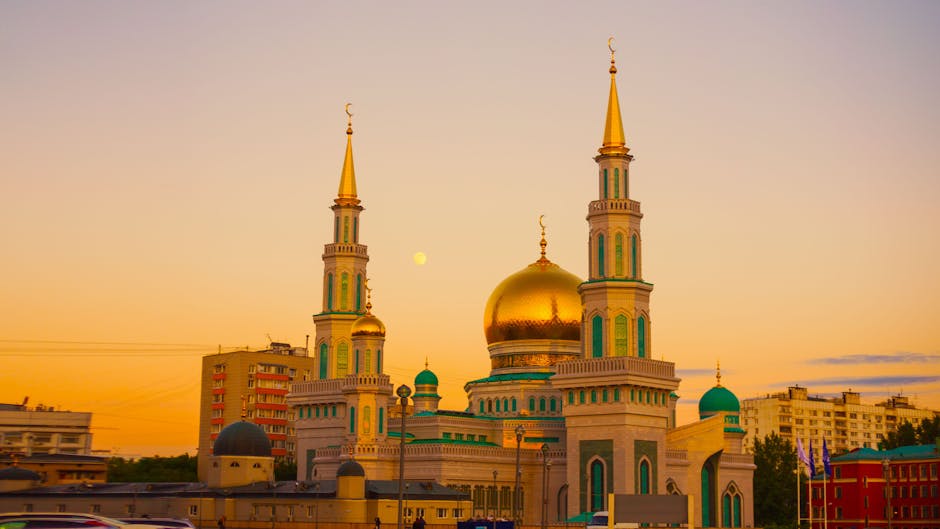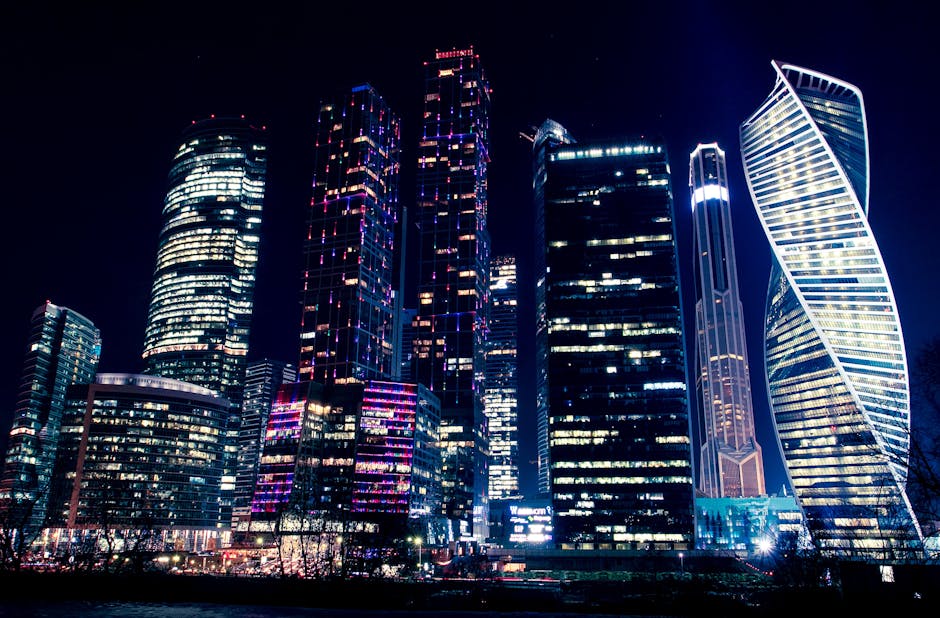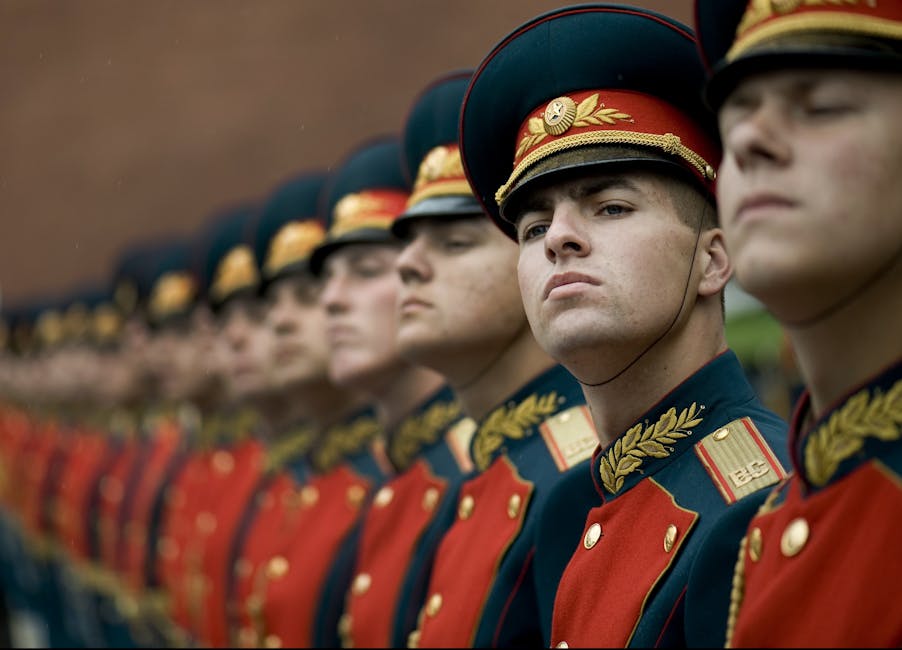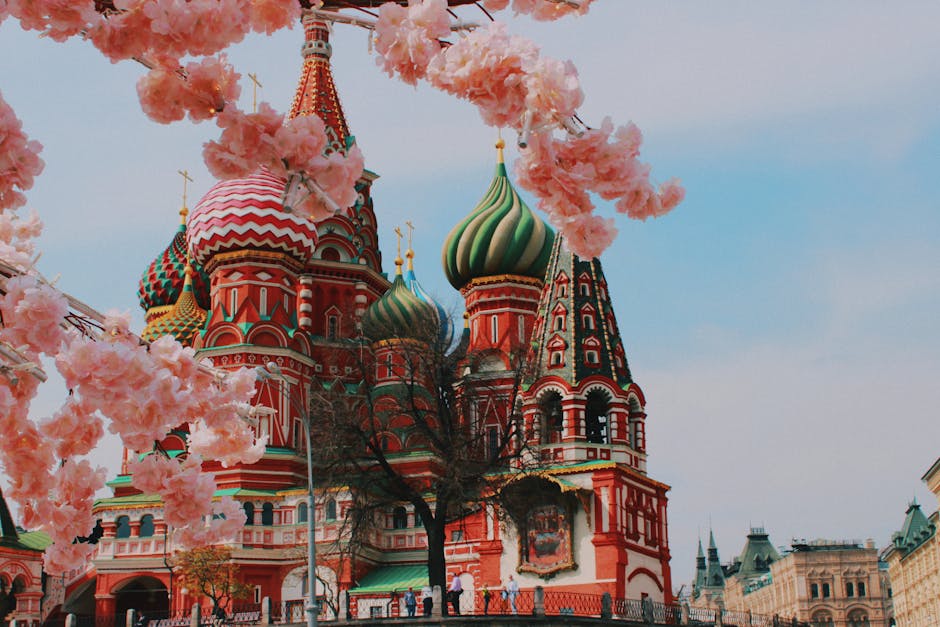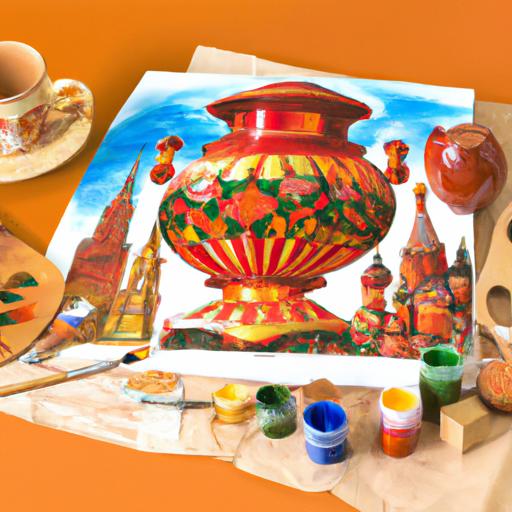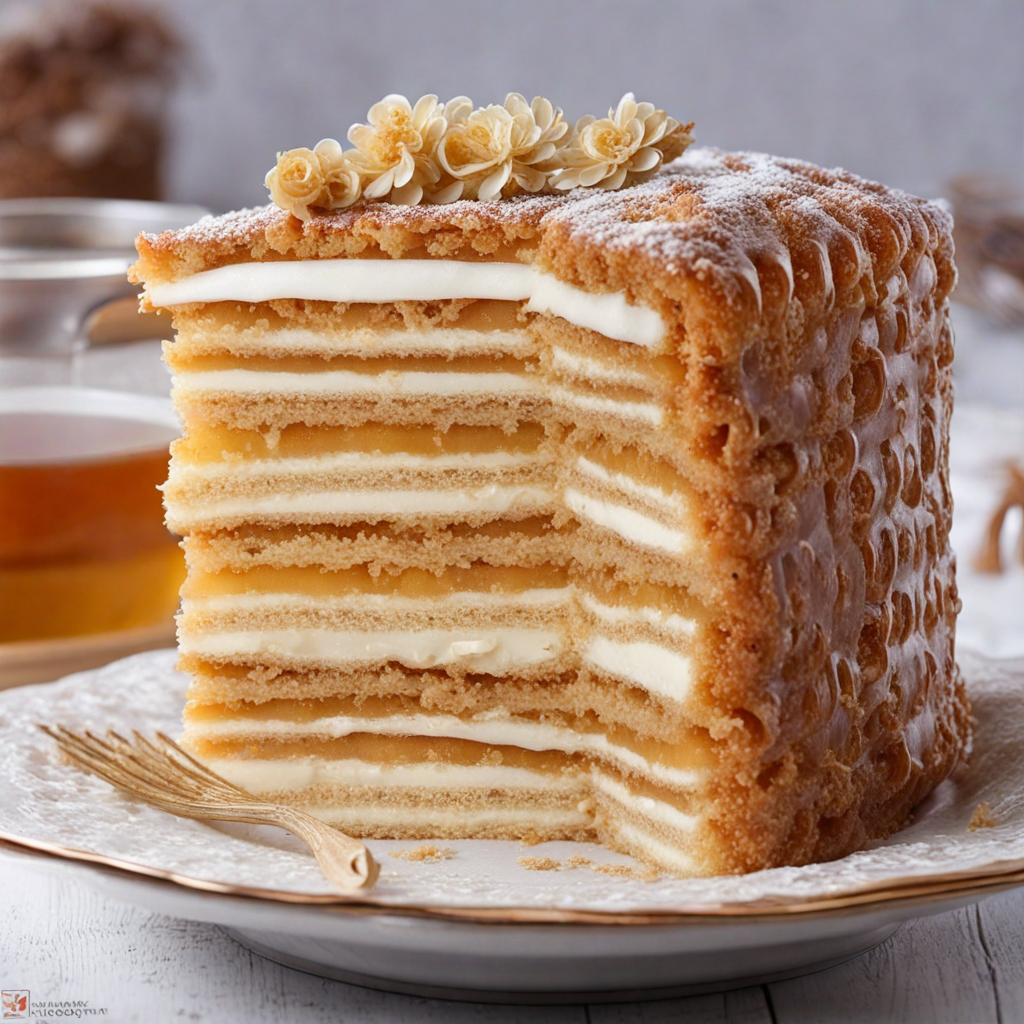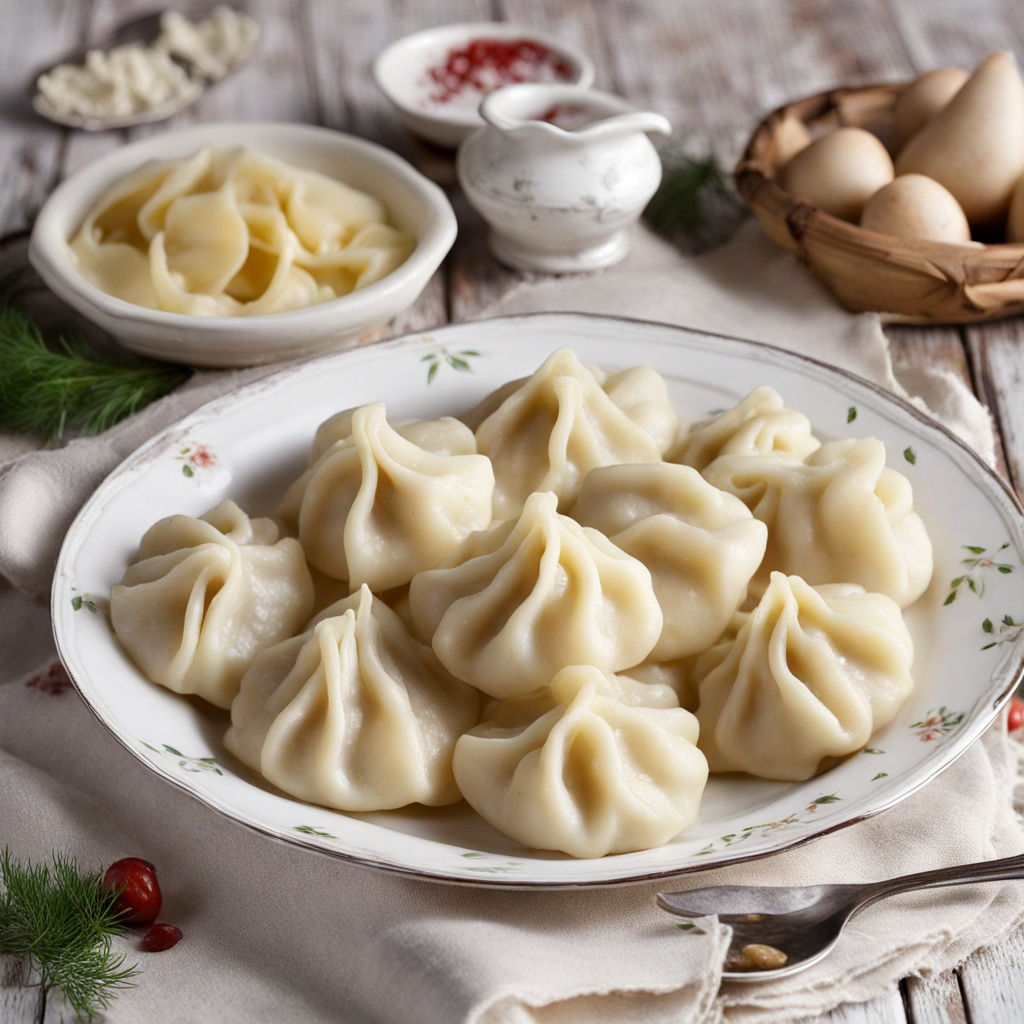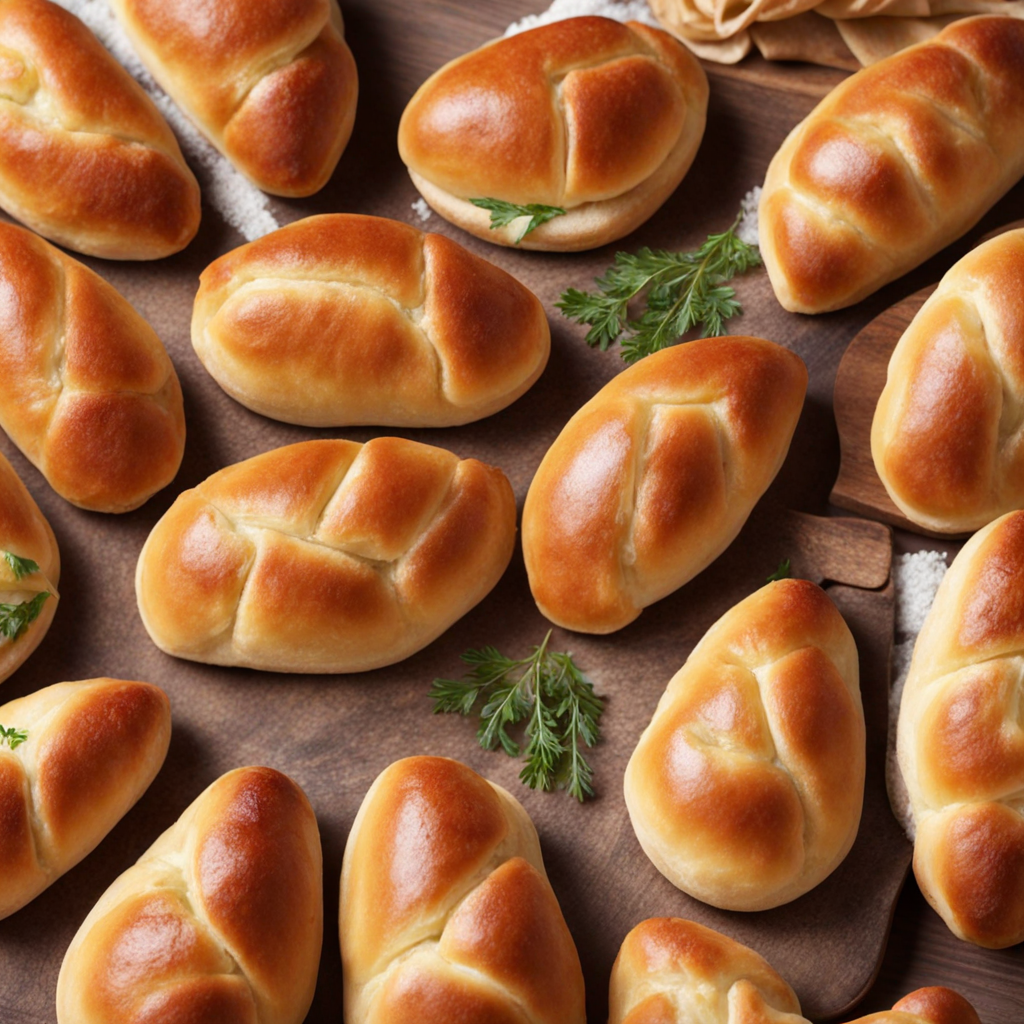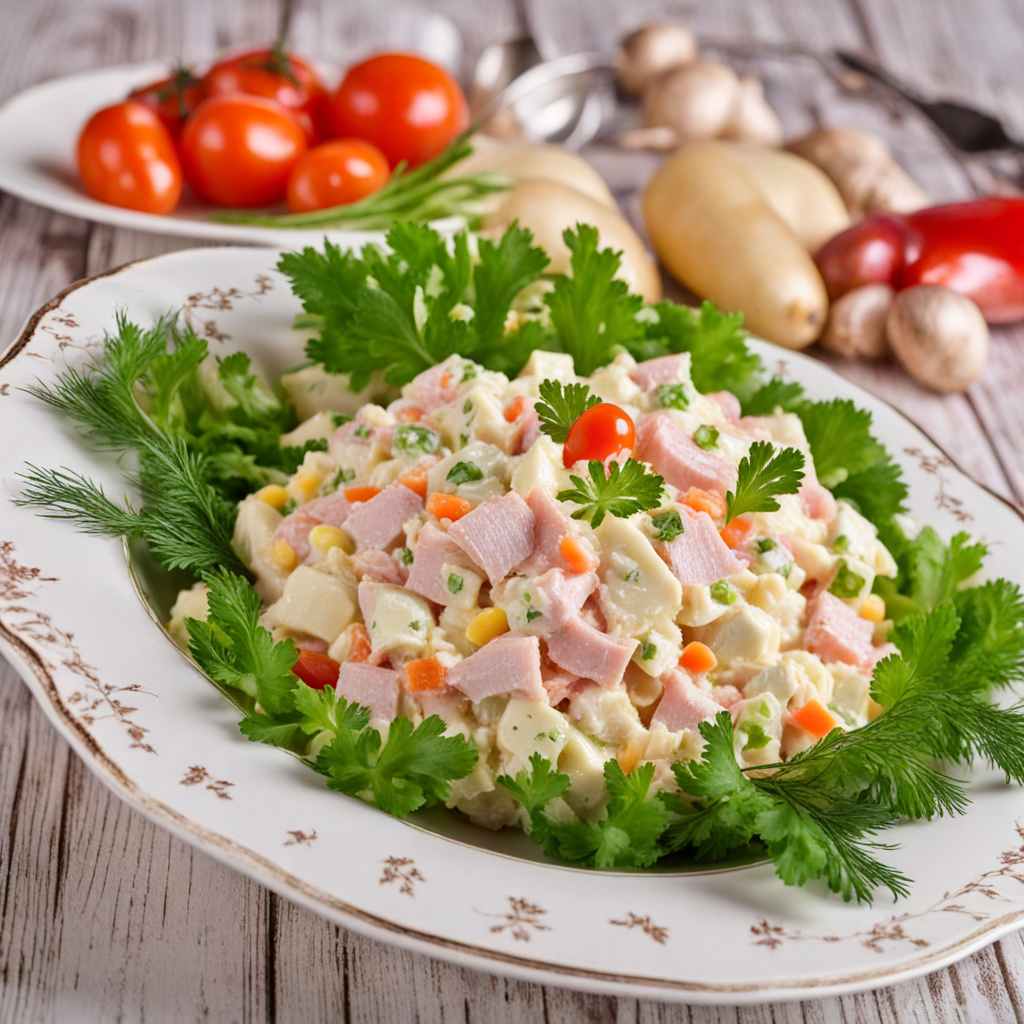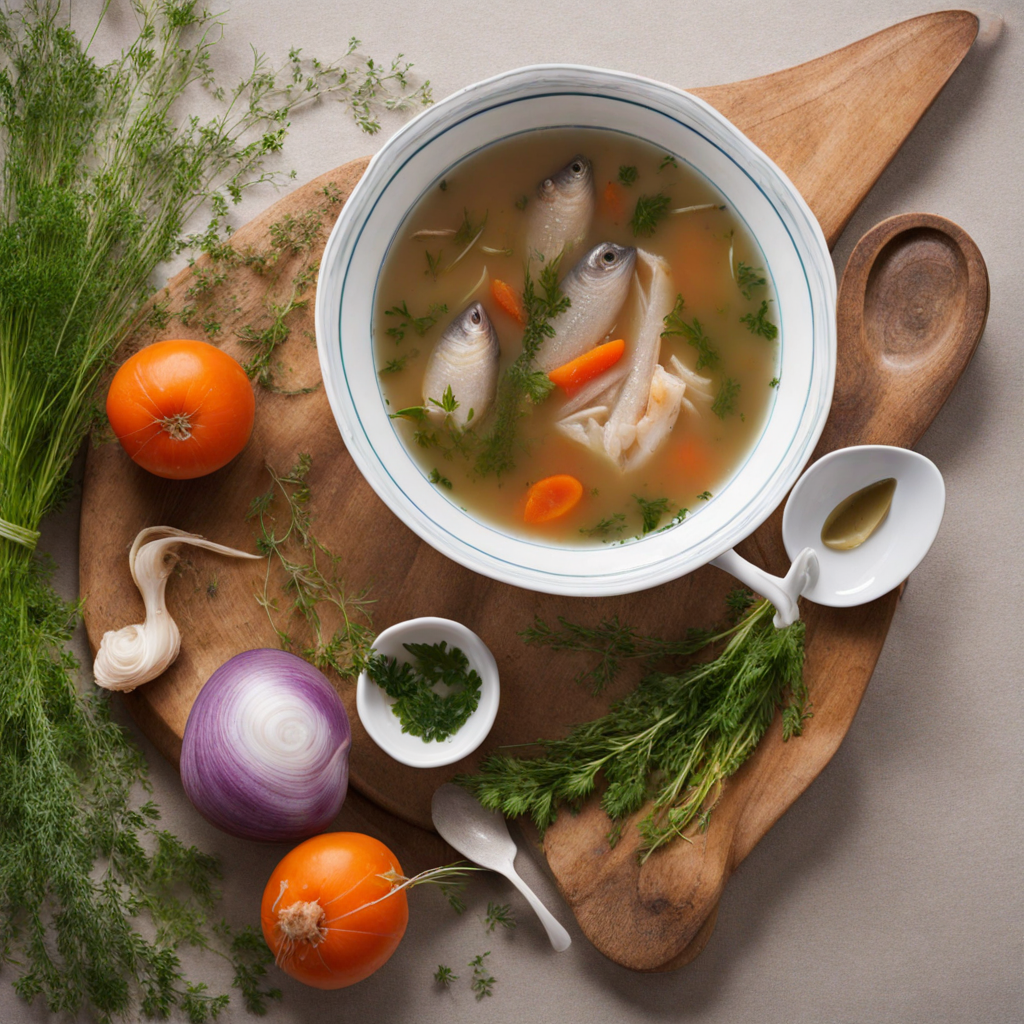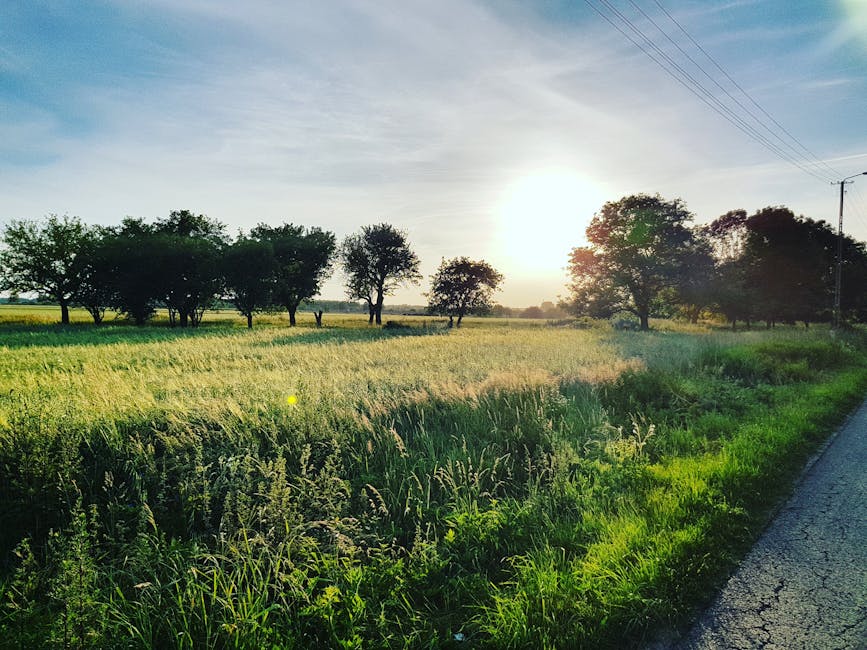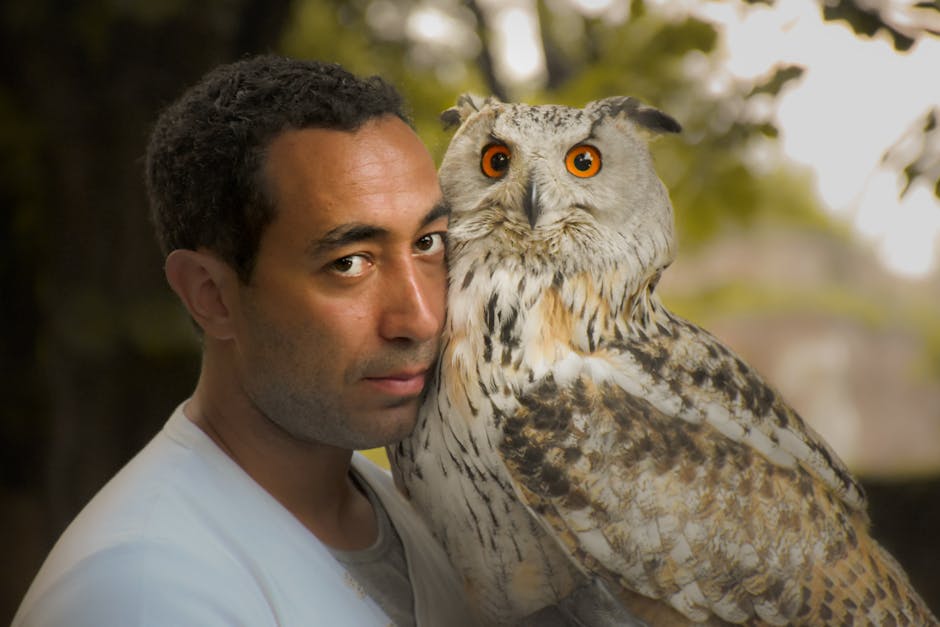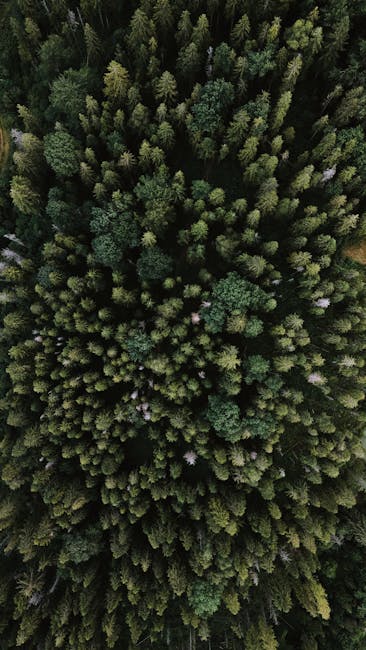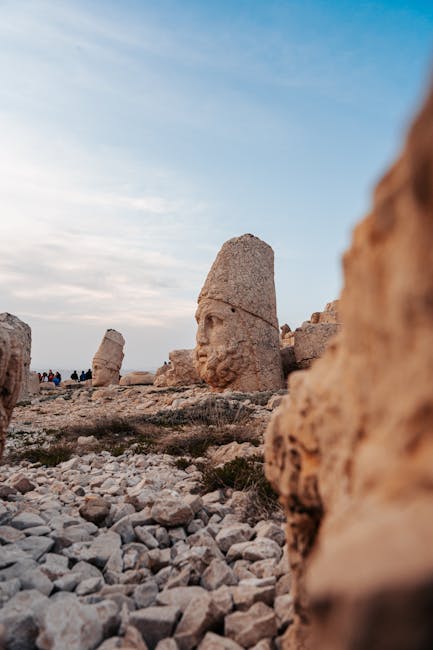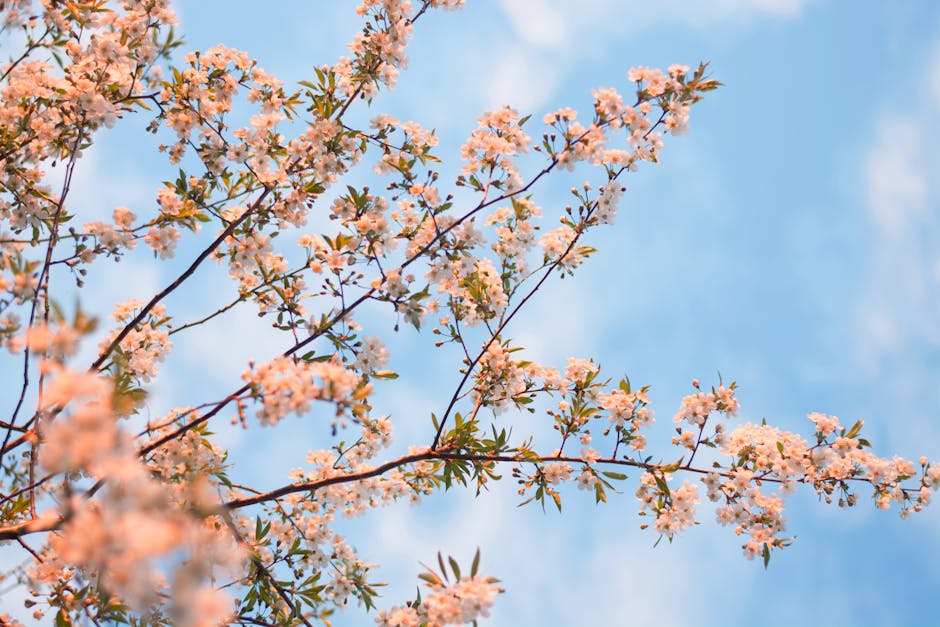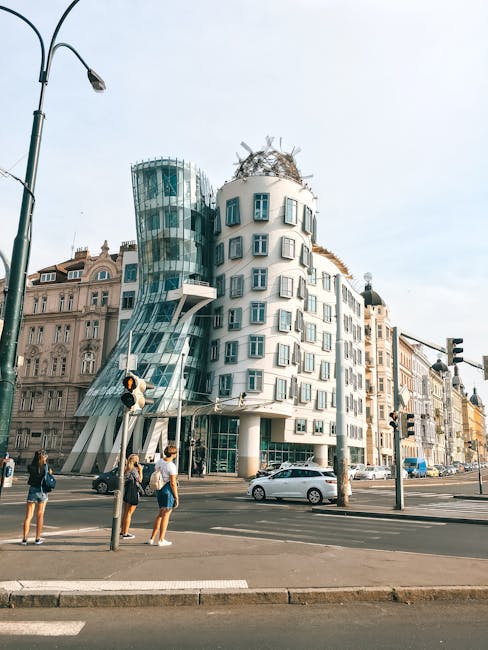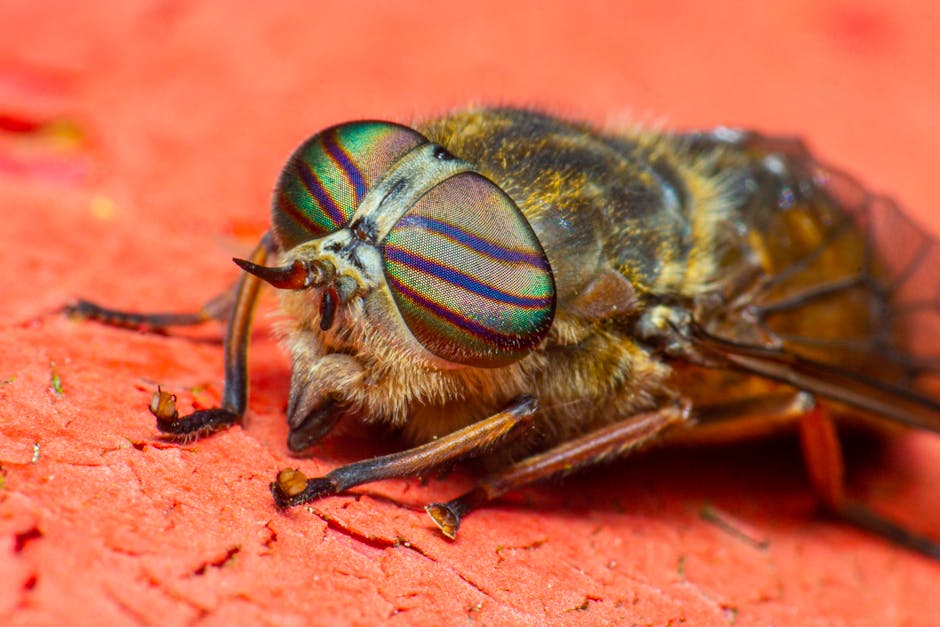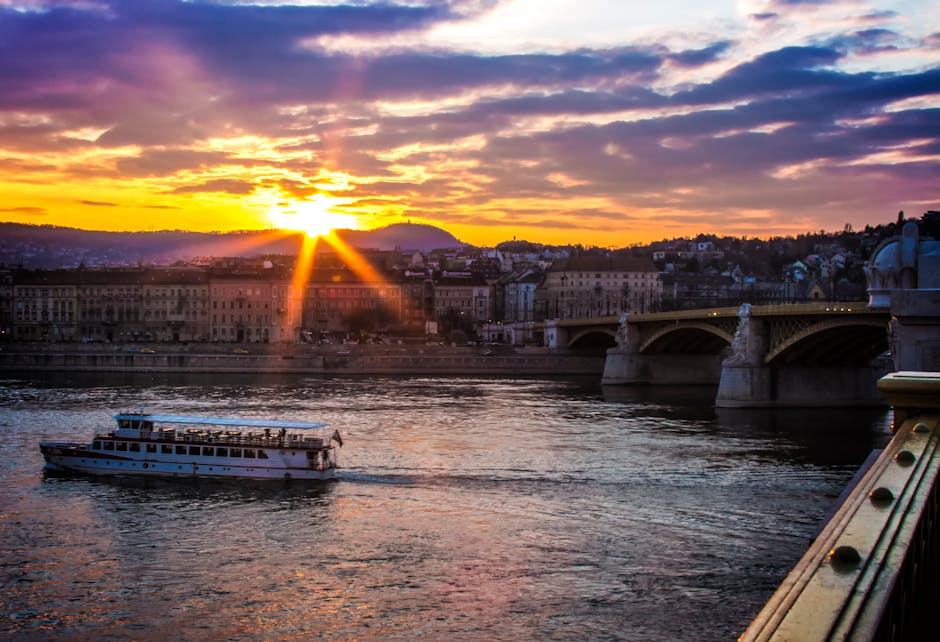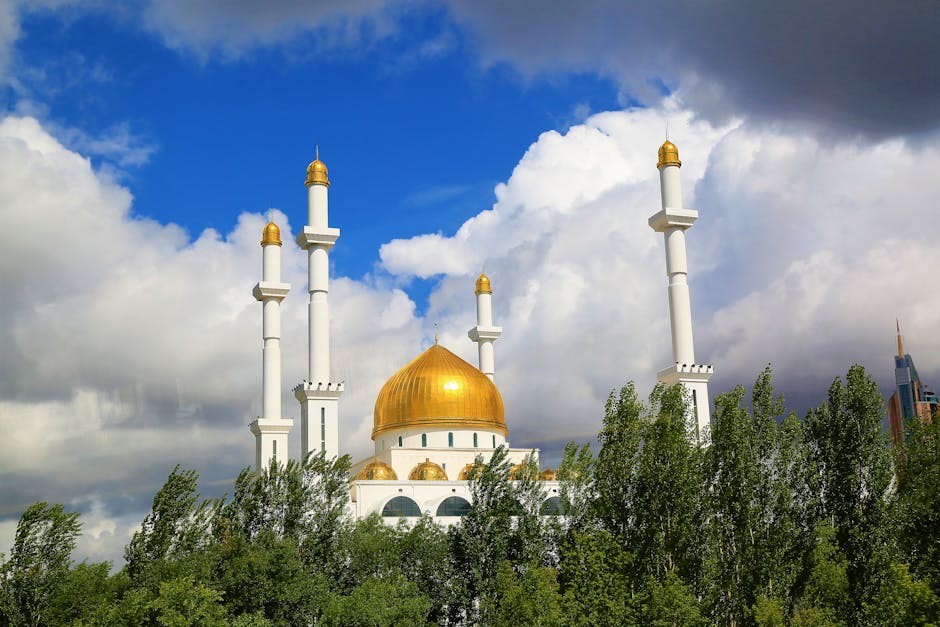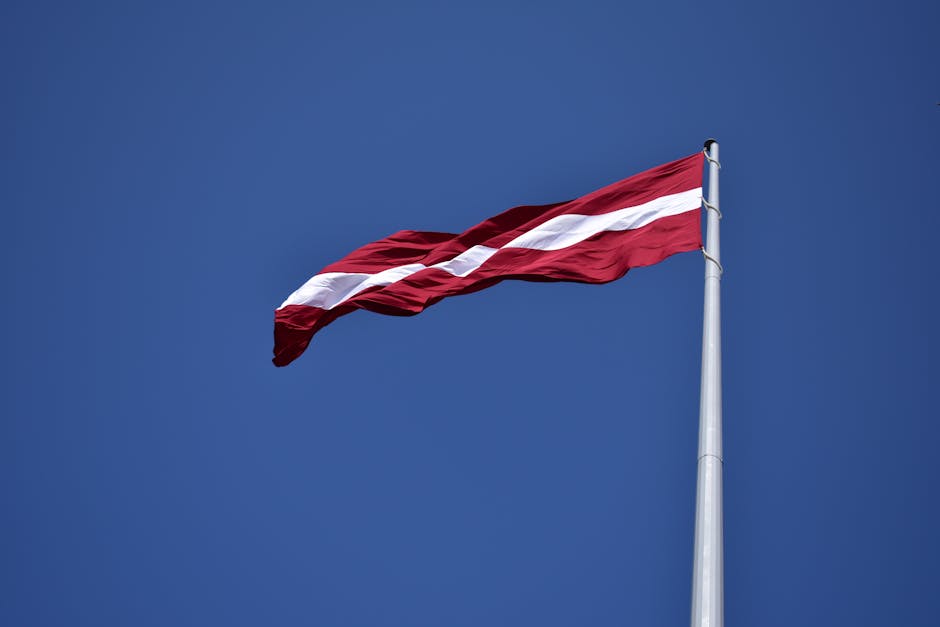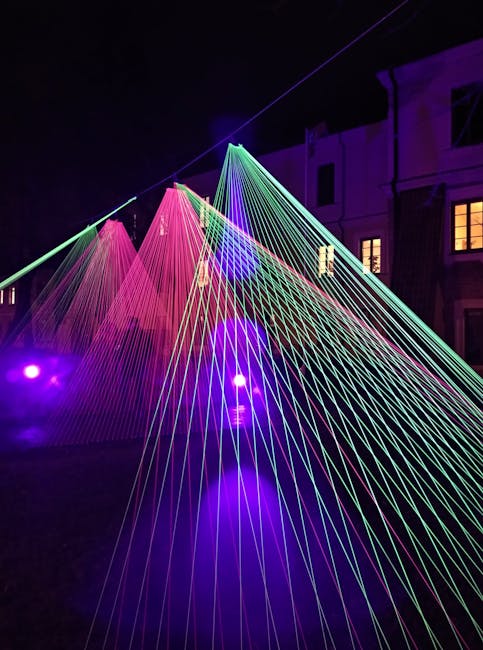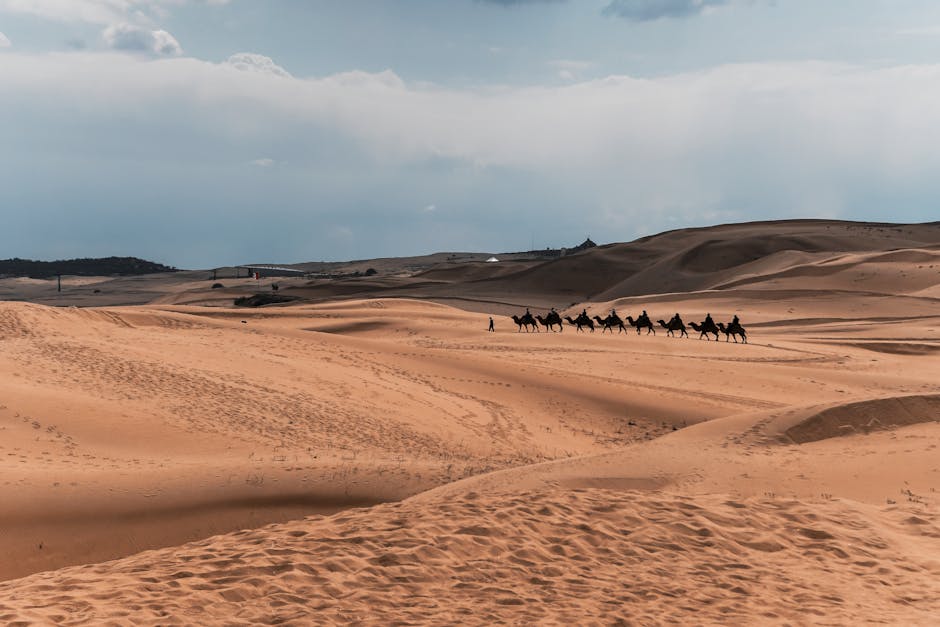Russia
Overview
Russia: A Tapestry of Experiences
Russia, the world's largest country, offers a rich tapestry of experiences for travelers. It's a country filled with diverse landscapes, vibrant cities, and a unique blend of history and culture that's deeply rooted in literature, ballet, painting, and classical music. Its major cities, Moscow and Saint Petersburg, are home to iconic landmarks such as the Kremlin, Red Square, and the Hermitage Museum. Russia's unique qualities extend beyond its physical features, as it is the only country to span across eleven time zones, and its culture is a fascinating mix of Slavic traditions, Tsarist legacy, and remnants of its Soviet past.
Best Time to Visit
The peak season for tourism in Russia is during its summer months, from June to August. During this time, the weather is usually warm and pleasant, with temperatures ranging from 20°C to 30°C. It's the perfect time to enjoy a myriad of outdoor activities, such as exploring Russia's stunning national parks, cruising along the Volga River, or attending famous events like the White Nights Festival in Saint Petersburg. Winter (December-February) is also a popular time for tourists who want to experience Russia's famous winter wonderland, ice festivals, and the chance to ride the Trans-Siberian Railway through the snowy landscape.
Travel Preparation
Preparing for a trip to Russia requires careful planning. Firstly, you'll need to apply for a visa in advance, as it's required for most foreign visitors. Make sure your passport has at least six months validity from the date of your visa application. It's also a good idea to learn a few basic phrases in Russian, as English is not widely spoken outside the major cities. Pack clothing that's appropriate for the weather. In summer, light clothes and comfortable shoes are a must for city tours, while thermal wear is necessary for the frigid winter. Lastly, get a comprehensive travel insurance policy that covers medical expenses, as healthcare in Russia can be expensive.
A Glimpse into the Past
Russia, the largest country in the world, spans eleven time zones and is rich in history, culture, and diverse landscapes. Understanding Russia's past is crucial for travelers wishing to explore its vibrant cities, stunning natural scenery, and deep-rooted traditions. This overview offers a glimpse into the key historical milestones and notable places that shape modern-day Russia.
Early History and the Kievan Rus'
The history of Russia begins with the formation of the Kievan Rus' in the 9th century, a federation of Slavic tribes ruled by the Varangians (Vikings). This early state, centered around the city of Kyiv, is considered a precursor to modern Russia, Ukraine, and Belarus. The adoption of Christianity in 988 under Grand Prince Vladimir significantly influenced the region's culture, art, and architecture, with stunning churches like the Saint Sophia Cathedral in Kyiv showcasing Byzantine influences.
As the Kievan Rus' fragmented into various principalities, the Mongol invasion in the 13th century led to a period of domination known as the "Mongol Yoke." This era profoundly affected the development of Russian identity and governance, creating a distinct divide between the eastern and western parts of the region.
The Rise of Moscow
In the late 15th century, the Grand Duchy of Moscow emerged as a powerful entity, uniting various Russian principalities. Under the leadership of Ivan III, known as Ivan the Great, Moscow began to assert independence from Mongol rule, culminating in the decisive victory at the Battle of Kulikovo in 1380. This battle became a symbol of resistance and national pride. The iconic Red Square and the Kremlin in Moscow are remnants of this era, showcasing the architectural prowess of the time.
Ivan IV, also known as Ivan the Terrible, was crowned as the first Tsar of Russia in 1547. His reign marked the expansion of Russian territory but also a period of political turmoil and oppression. The Oprichnina, a state policy of terror against perceived enemies, highlighted the darker aspects of his rule. Travelers today can explore this tumultuous history by visiting the Saint Basil's Cathedral, a symbol of Ivan's reign, with its vibrant and unique architecture.
The Time of Troubles and the Romanov Dynasty
Following Ivan IV’s death, Russia plunged into a chaotic period known as the Time of Troubles, characterized by famine, foreign invasions, and internal strife. This instability ended with the establishment of the Romanov dynasty in 1613. The Romanovs would rule Russia for over 300 years, and their reign marked significant territorial expansion, cultural flourishing, and an eventual emergence as a European power.
The reign of Peter the Great (1682-1725) was particularly transformative. He modernized the Russian military, reformed government structures, and pursued Westernization policies. Peter established Saint Petersburg in 1703 as the new capital, a city designed to reflect European sophistication. Visitors can explore the grandeur of the Winter Palace and the Peter and Paul Fortress, which offer insights into this ambitious ruler's vision.
The Age of Enlightenment and the Napoleonic Wars
Catherine the Great, who succeeded Peter, continued the Westernization efforts and became a prominent patron of the arts, leading to a cultural renaissance. The Hermitage Museum in Saint Petersburg, which began as her private collection, is one of the largest and most esteemed art museums in the world. Under her rule, Russia expanded its territory significantly, including parts of Poland and the Black Sea region.
The early 19th century was marked by the Napoleonic Wars, during which Russia played a crucial role in the defeat of Napoleon. The burning of Moscow in 1812 became a pivotal moment in Russian history, symbolizing resilience and national identity. Today, the Moscow State University and the Bolshoi Theatre reflect the cultural impact of this era, drawing travelers interested in literature, ballet, and the arts.
The 20th Century: Revolution and Soviet Era
The early 20th century brought profound change with the Russian Revolution of 1917, which resulted in the overthrow of the Romanov dynasty. The Bolsheviks, led by Lenin, established a socialist state, leading to the formation of the Soviet Union in 1922. The Soviet era was marked by industrialization, collectivization, and significant social changes, but it also experienced severe repression and widespread purges under Stalin.
The Mausoleum of Lenin in Red Square is a testament to this revolutionary period and draws visitors interested in the life and ideology of Lenin. The impact of WWII, known in Russia as the Great Patriotic War, is deeply ingrained in the national consciousness, with memorials such as the Victory Park in Moscow commemorating the sacrifices made during the conflict.
Perestroika and the Post-Soviet Era
The late 20th century saw the decline of the Soviet Union, culminating in its dissolution in 1991. Mikhail Gorbachev's policies of perestroika (restructuring) and glasnost (openness) aimed to reform the economy and encourage transparency but ultimately led to the collapse of the communist regime. The transition to a market economy was challenging, marked by economic hardships and the rise of oligarchs.
Today, travelers can explore the remnants of the Soviet past in cities like Yekaterinburg, where the last Tsar and his family were executed, and Novosibirsk, a center of Siberian culture and history. The contrast between the old Soviet architecture and modern developments reflects the dynamic changes Russia has undergone.
Modern Russia
In contemporary Russia, travelers can experience a blend of history and modernity. The vibrant capital, Moscow, boasts world-class museums, theaters, and nightlife, while cities like Kazan and Vladivostok offer unique cultural experiences. The vast landscapes, from the serene Lake Baikal to the majestic Caucasus Mountains, showcase Russia's natural beauty.
As travelers journey through Russia, they not only witness the rich tapestry of its history but also engage with its people, traditions, and cultural heritage. Each region tells its own story, making Russia a fascinating destination for those eager to explore the past and present of this vast nation.
Top cities for tourists in Russia
Discover the Famous Cities That Might Captivate Your Interests
Must-Try Foods You Can't Afford to Miss
Indulge in a Variety of Fantastic Foods During Your Stay in Russia
May Be Your Next Destinations
People often choose these countries as their next destination


